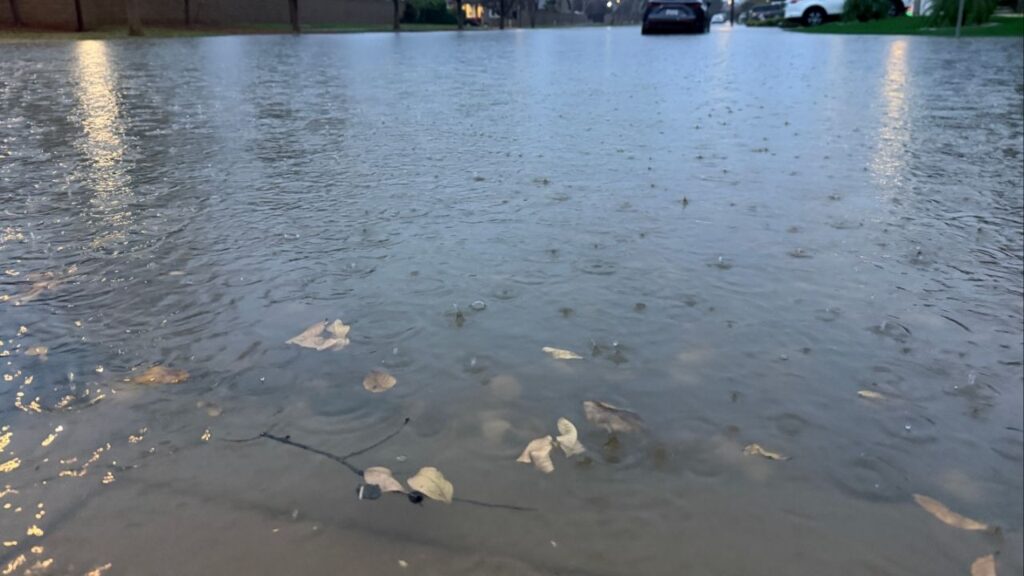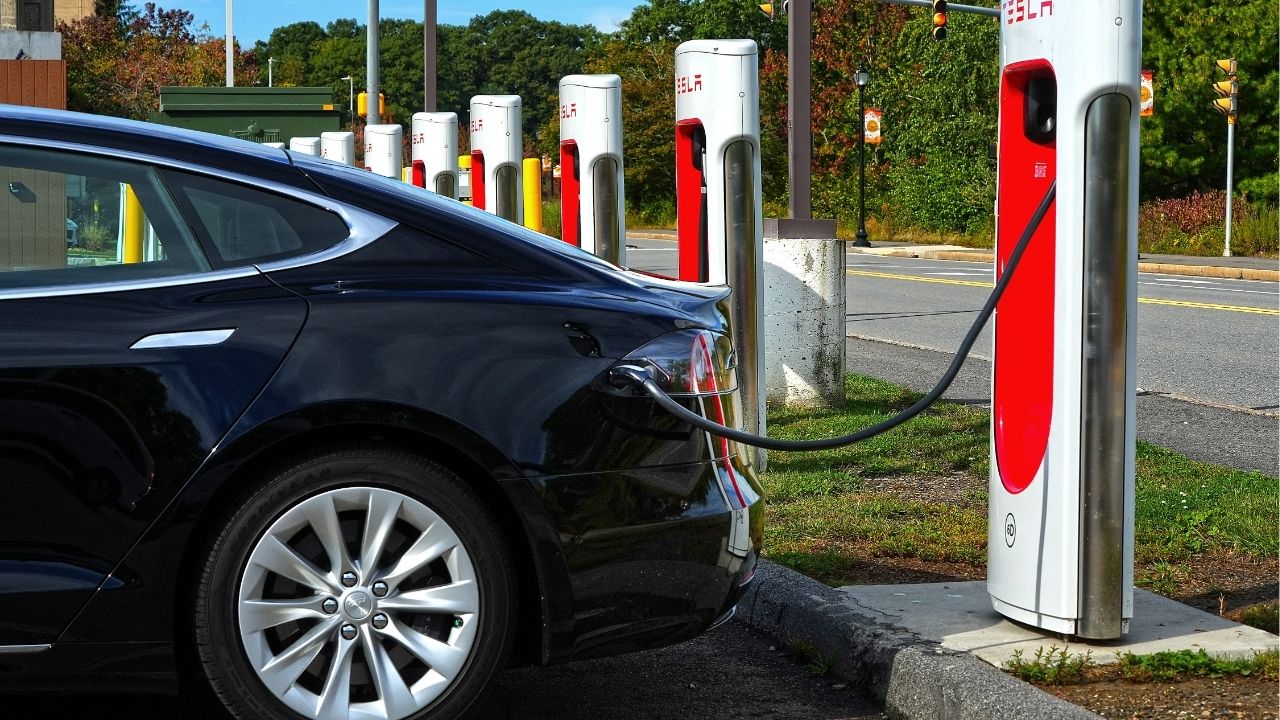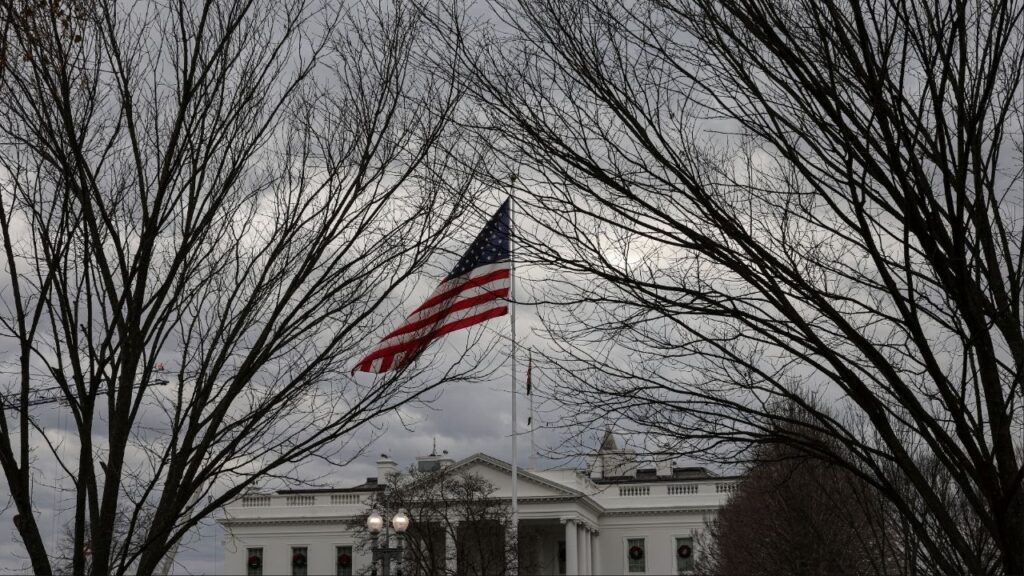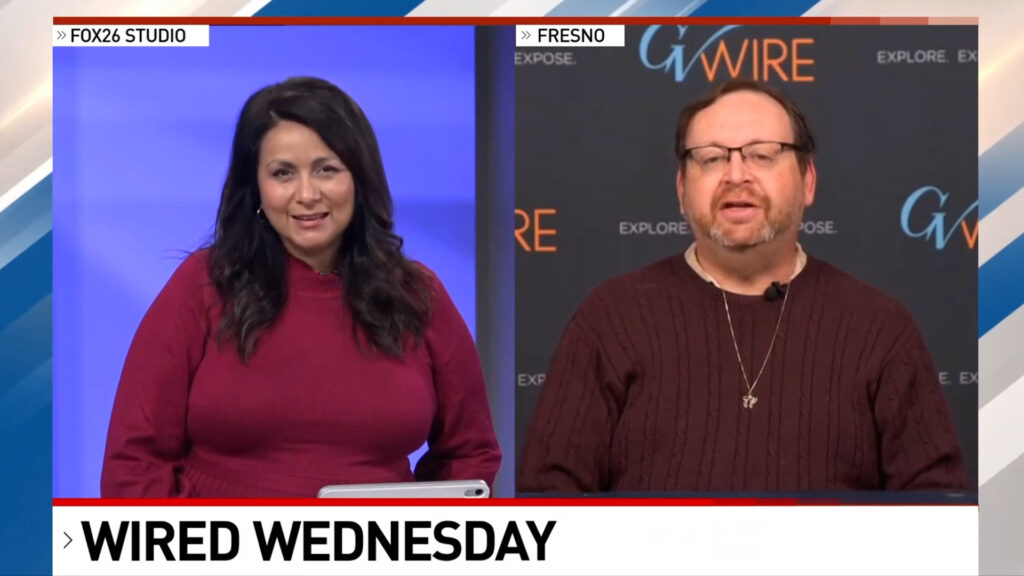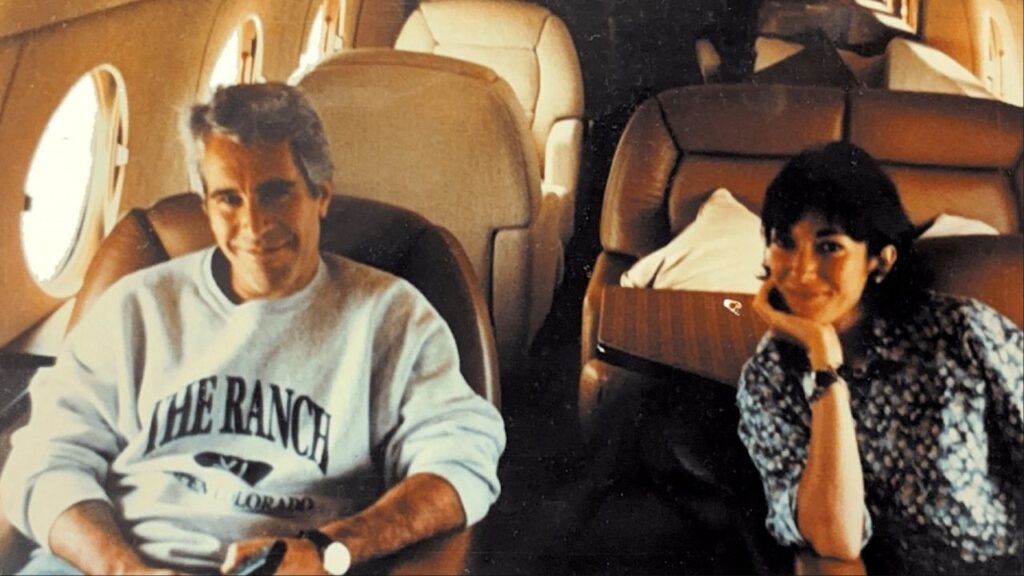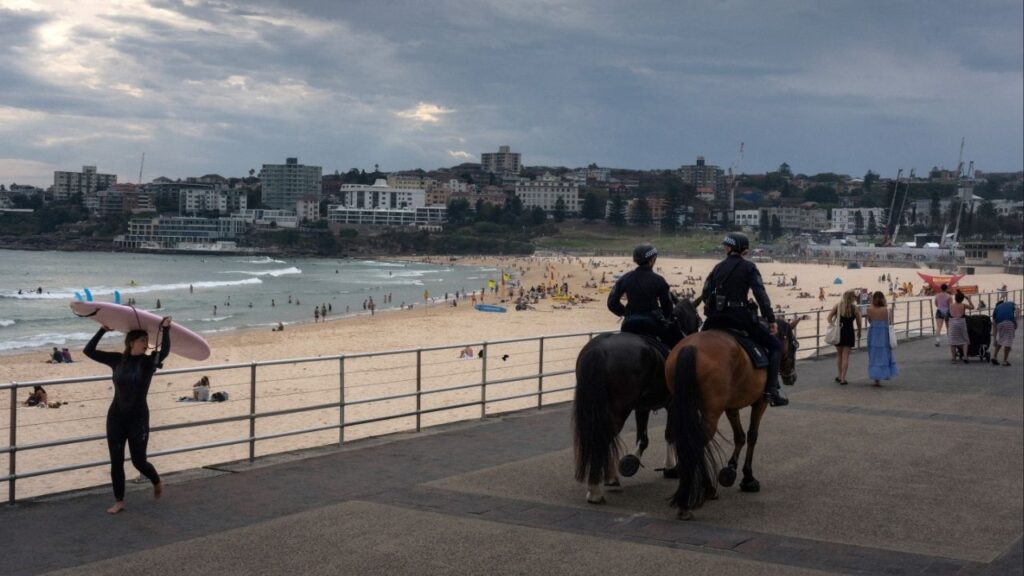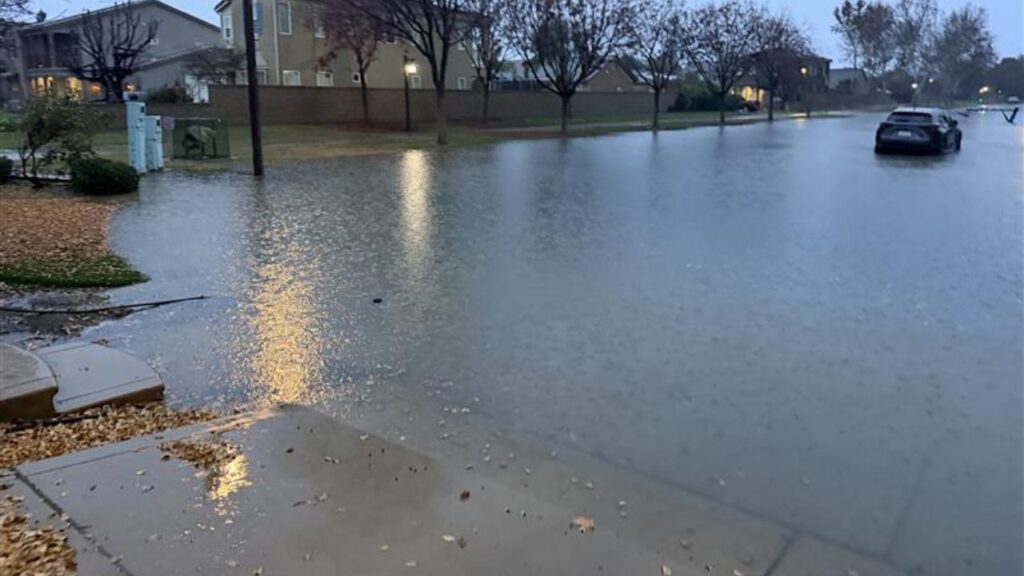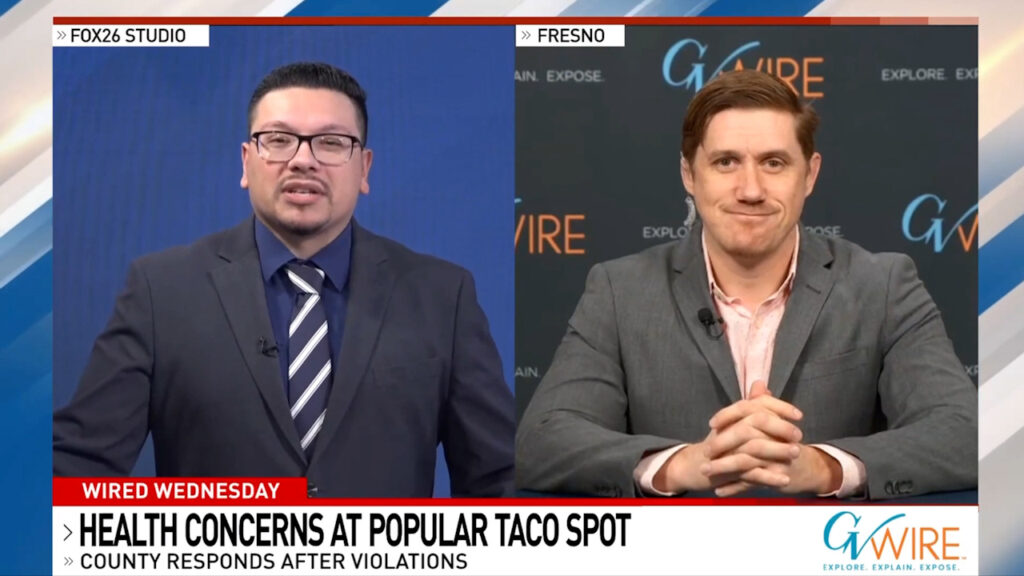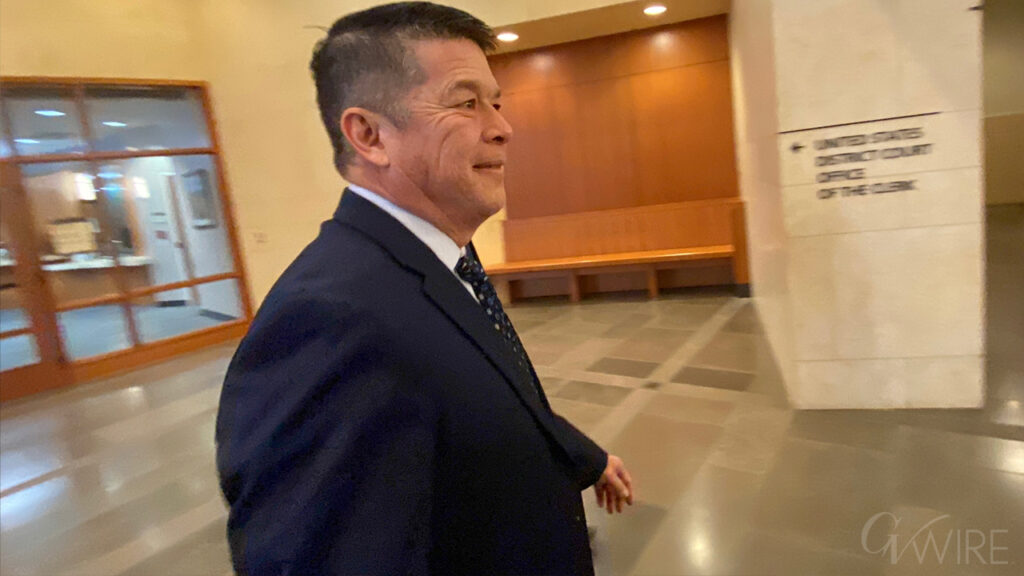Share
|
Getting your Trinity Audio player ready...
|
A new era in commuting begins in California on Wednesday when solo drivers in electric and hybrid cars will no longer be allowed to use the state’s carpool lanes — a perk that’s been in place for nearly two decades.
The change affects more than half a million decal holders statewide, who could cruise past traffic in High Occupancy Vehicle (HOV) lanes. With 1,171 carpool lane-miles across California — 803 in the south and 366 in the north — the impact could be felt most acutely in regions like Los Angeles and the Bay Area, where congestion is a daily grind.
Here’s what to know about California’s new carpool lane rules.
What to Know About the Clean Air Vehicle Program Work?
The Clean Air Vehicle Decal program, which allowed solo EV drivers to use carpool lanes, officially expired after Congress and President Trump declined to extend it. Alongside the lane access, drivers also lose a 15% FasTrak discount on express lanes like the I-10 and I-110.
About 25% of new car sales in California are zero-emission vehicles.
“With each quarter of sales data, one thing becomes clear: zero-emission vehicles are here to stay,” said California Energy Commission (CEC) Chair David Hochschild. “Each day, more and more Californians are choosing to go electric and making the air cleaner for communities throughout the state.”
USC economist Antonio Bento told the Los Angeles Times he estimates that 1–2% of California’s 35 million registered vehicles will lose carpool access. But in already jammed freeways, the change might barely register — except for those losing the perk.
The carpool lane access was designed to promote clean-air vehicle adoption and reduce emissions. But Bento’s research suggests the program didn’t deliver meaningful climate benefits.
“You were basically asking those already carpooling — and emitting less — to slow down for cleaner cars,” he said. “Ending it removes a costly perk that slowed carpools without helping the climate.”
When Will the Ban on Single Drivers in HOV Lanes Be Enforced?
The California Highway Patrol offers a 60-day grace period, but solo drivers in carpool lanes risk citations after that. The fines for carpool lane violations can be substantial, starting at $490.
What Could Be the Impact of the Clean Air Vehicle Program Ending?
Experts say it’s hard to predict how drivers will respond. Some may adjust their commute times, others might switch to public transit, and many will likely merge into general traffic.
“Will they just throw up their hands and get in traffic with the rest of us?” UCLA urban planning chair Michael Manville asked in the Los Angeles Times. “Or will they actually do something else, because they really do value not being in traffic?”
Newsom Points Finger at Trump Administration for Ending HOV Program
Governor Gavin Newsom called the program’s end a “Trump traffic jam,” blaming the Republican-led Congress for blocking California’s climate-forward commuting strategy.
“A Trump traffic jam is on its way to California and other states — all because Republicans in Congress decided to let a wildly successful bipartisan program expire. That’s Trump’s America: more traffic, more smog and a government more committed to slashing proven programs than solving real problems,” Newsom said.
—
This article originally appeared on Palm Springs Desert Sun: California ends solo EV access to carpool lanes, Here’s what to know
Reporting by James Ward, Palm Springs Desert Sun / Palm Springs Desert Sun
USA TODAY Network via Reuters Connect
RELATED TOPICS:
Categories
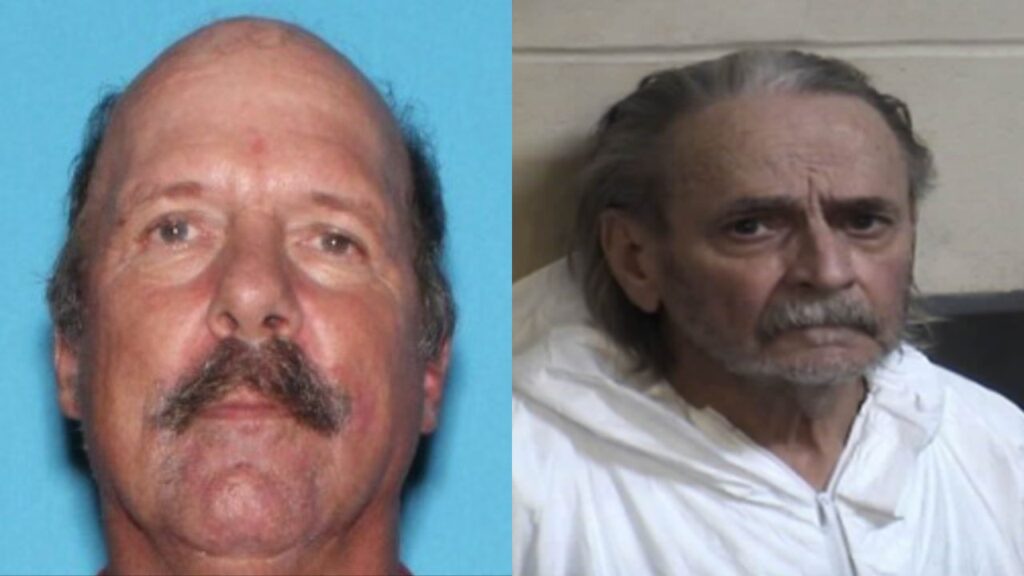
Fresno Man Dies After Being Shot by Neighbor, Police Allege

Fresno Underpass Closed Due to Flooding
